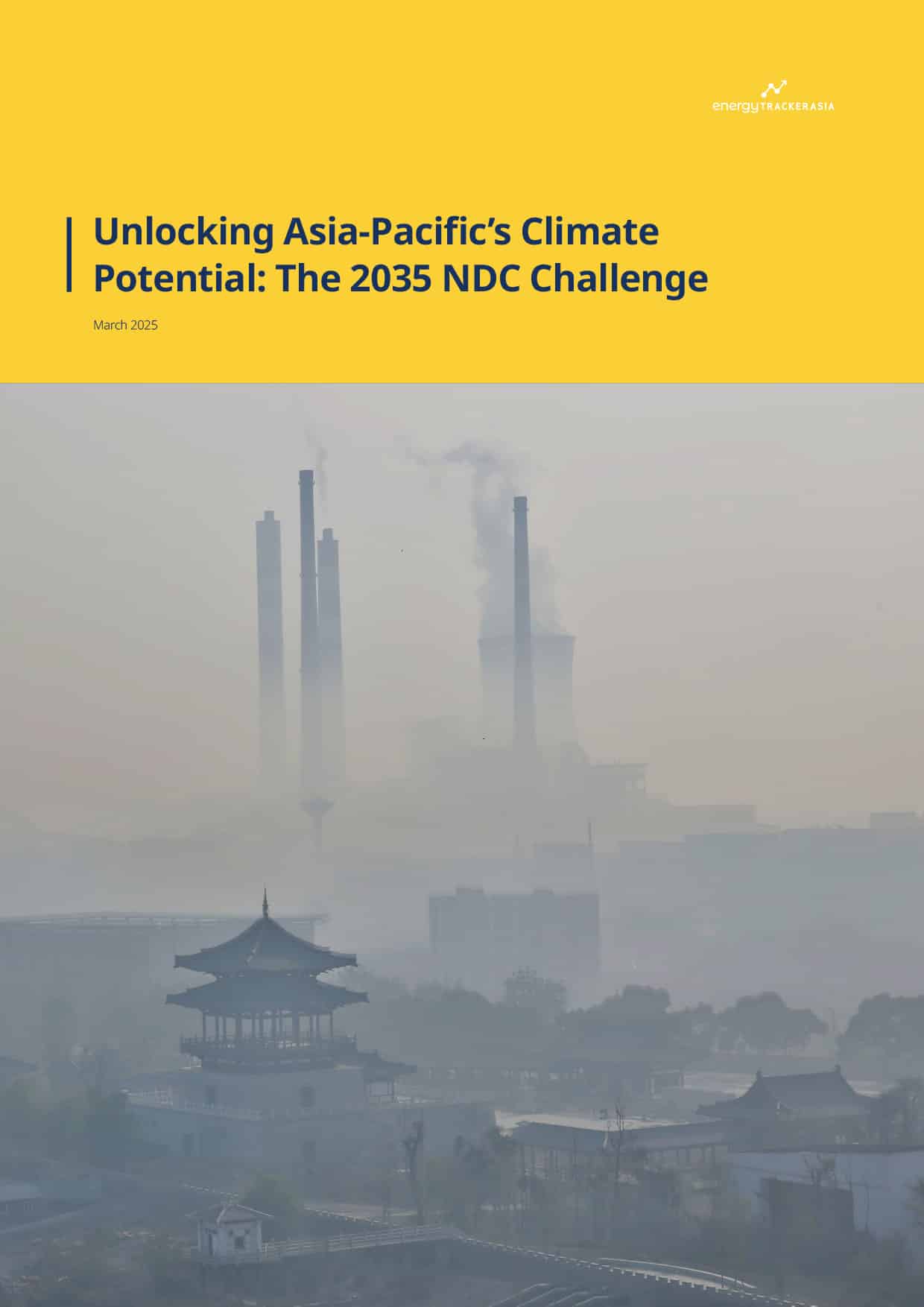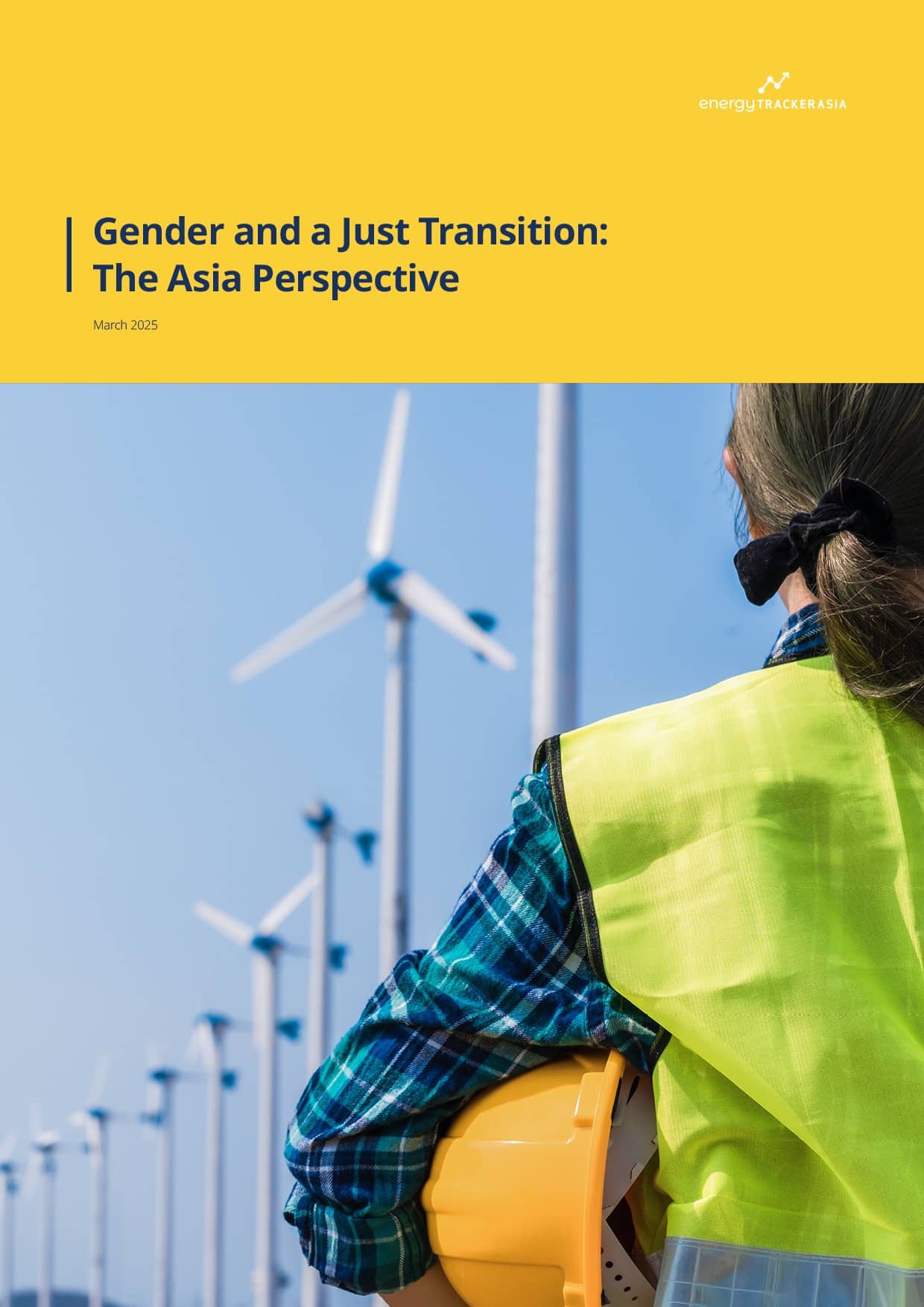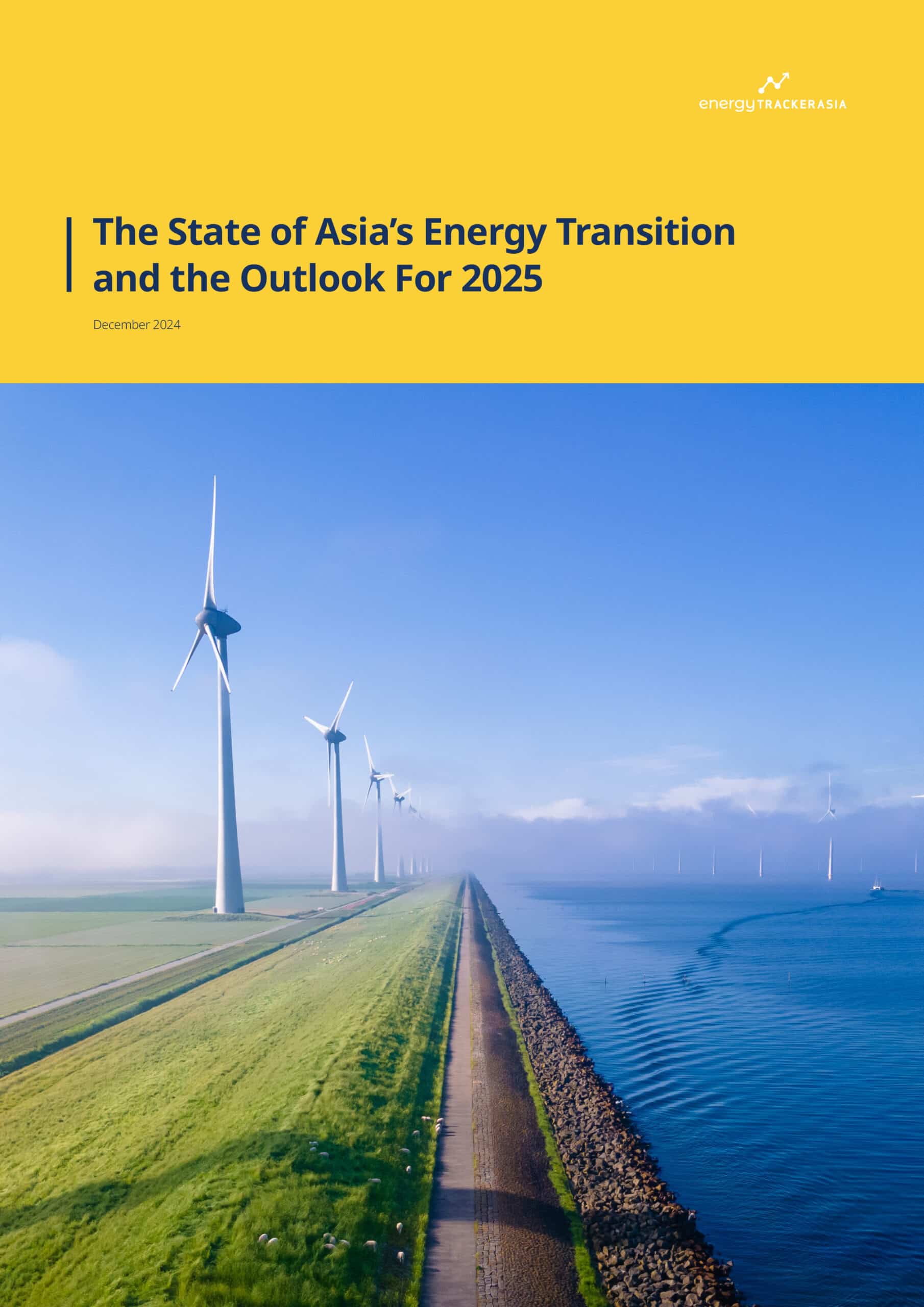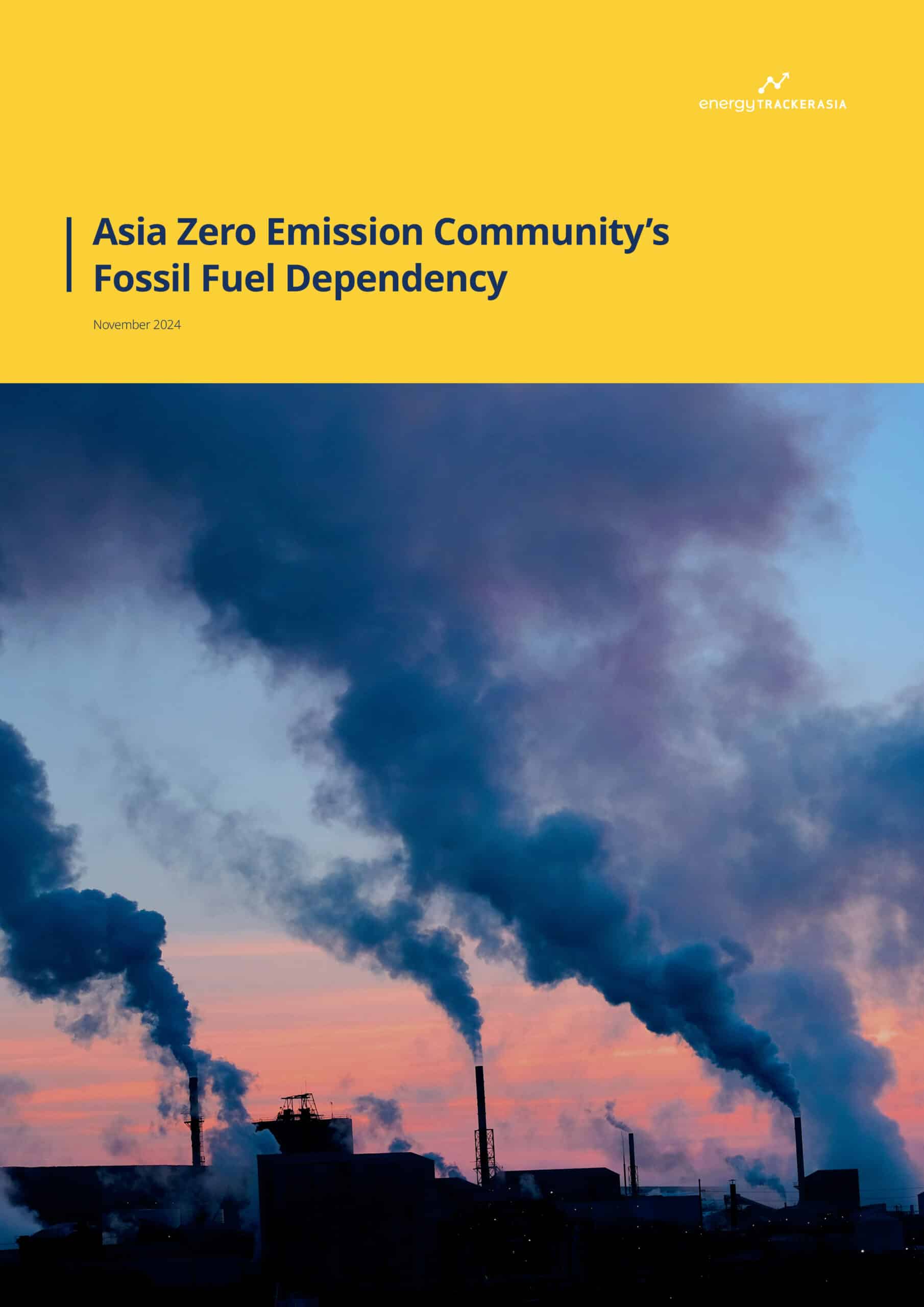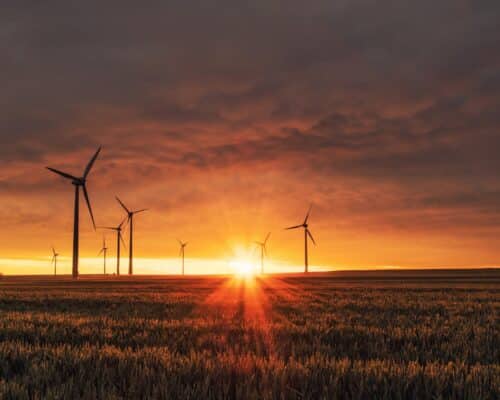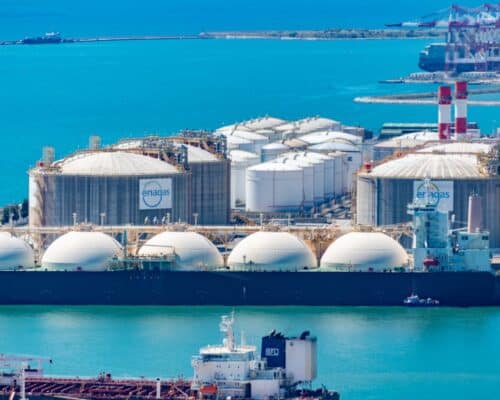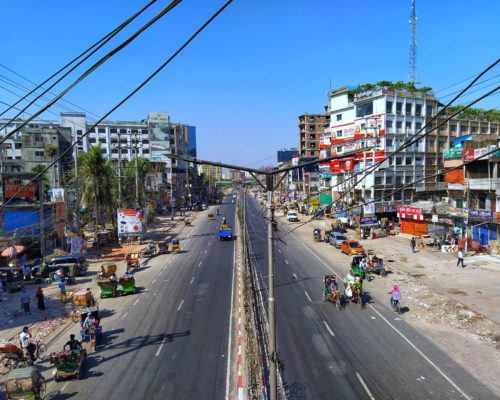The EU-China Meeting Marks a New Era in Climate Diplomacy
13 August 2025 – by Viktor Tachev
A delegation led by the European Commission President Ursula von der Leyen met with Chinese President Xi Jinping last month in an event that highlighted the growing strength and importance of the new axis of climate diplomacy. With the US out of the picture, China and the EU are now tasked with advancing the global response to the climate crisis. Despite their differences, they pledged to collaborate on tackling the climate crisis in what can prove one of the most decisive steps for climate action since the Paris Agreement. While the meeting didn’t end up with concrete pledges, it further proved that the world’s best chances to slow down climate change lie in the hands of China and the EU. The targets in their 2035 NDC updates will be a telling sign of whether the two superpowers will rise to the occasion.
The EU-China Meeting Marked a New Era in Climate Diplomacy, Giving Hope that the 1.5 °C Target Might Still Be Alive
On July 24, the European Commission President Ursula von der Leyen and the President of the European Council António Costa met with Chinese President Xi Jinping and Premier Li Qiang in Beijing to mark 50 years of diplomatic relations between the EU and China. The meeting, marking the 25th EU-China summit, was an opportunity to discuss bilateral relationships, rebuild trust, stabilise the geopolitical dialogue and advance climate diplomacy.
As per the official press release by the European Council, the EU representatives underlined the importance of the relationship with China and reiterated their commitment to enhancing cooperation in tackling global challenges such as climate change. The two parties agreed they must lead global efforts to reduce greenhouse gas emissions, including at COP30. Underlining this commitment, the two sides issued a joint press statement on climate change.
Way Forward for Addressing Climate Change After the 10th Anniversary of the Paris Agreement
The statement, which aims to chart the way forward after the 10th anniversary of the Paris Agreement, reveals that the EU and China urge all countries, especially the major economies, to step up efforts to address climate change. The leaders also recognised green as “the defining colour of China-EU cooperation,” highlighting their ambition for partnering in the field of the green transition. The EU and China also pledged to “demonstrate leadership together to drive a global just transition in the context of sustainable development and poverty eradication”.
The most notable outcome of the meeting was the pledge by both the EU and China to submit 2035 NDCs that would be aligned with the long-term temperature goal of the Paris Agreement and cover all economic sectors and greenhouse gases by COP30.
As part of their commitment, they promised to implement the principles and goals of the UNFCCC and the Paris Agreement, including prioritising results-oriented action and turning climate targets into tangible outcomes. The EU and China also pledged to support Brazil in delivering a successful COP30 and work to accelerate global renewable energy deployment at scale by facilitating access to green technologies and making them readily available and more affordable for developing countries. The two superpowers also promised to accelerate their efforts in enhancing climate change adaptation.
In the lead-up to the meeting, the EU held off on endorsing a joint climate declaration, demanding that China make real commitments, including halting the approval of new coal-fired power plants and announcing an interim emissions target of more than a 30% reduction below peak emissions by 2035. During the meeting, the EU pledged to reduce its share in global greenhouse gas emissions from 6% today to 4% by 2030 and again encouraged China to propose an ambitious plan for its emissions reductions up to 2035.
However, the signed joint statement itself did not contain any language on China’s position on coal and fell short of the pledges required by the EU. As a result, experts warned that the lack of ambition doesn’t guarantee progress. According to Kate Logan, director of the China Climate Hub and Climate Diplomacy at the Asia Society Policy Institute (ASPI), it merely sets a floor for genuine leadership.
“The joint statement reveals little beyond existing signals regarding the likely ambition of upcoming NDCs from China and the EU. In fact, unlike earlier US-China statements, it only briefly mentions the Paris Agreement’s long-term temperature goal and fails to reaffirm that this means holding the global average temperature increase to well below 2°C and pursuing efforts to limit it to 1.5°C,” the expert notes.
During the meeting, the bloc’s representatives also urged the world’s biggest emitter to step up its international finance contributions in line with its global responsibility and invited China to join the Global Methane Pledge and to contribute to the Kunming-Montreal Biodiversity Framework. Importantly, both sides agreed to cooperate on achieving an “ambitious and balanced” international treaty on plastic pollution.
“As two of the world’s largest emitters, they have a responsibility to lead,” commented Mary Robinson, former president of Ireland and founding member of The Elders. “The EU-China climate cooperation can help steady markets, accelerate the clean energy transition and show that even in a moment of division, climate action remains one of the surest paths to resilience.”
Tensions on Other Matters Prove Ties at an ‘Inflection Point’
The recent EU-China relations have been widely considered strained. For example, earlier this year, Chinese President Xi Jinping declined an invitation to Brussels, but then attended Russia’s annual victory parade in May. This added to the EU’s frustrations regarding its industries being threatened by cheap, subsidised Chinese goods and the ongoing trade wars between the two. The EU has previously imposed tariffs of up to 45% on Chinese EVs, which the latter tried to scale back by leveraging existing critical minerals export restrictions to the bloc. Furthermore, the July meeting came at a time when Europe is actively trying not to antagonise U.S. President Donald Trump further, which meant developing ties with China too aggressively would be unlikely.
As a result, analysts’ expectations for the meeting to produce anything significant were low. This was in part confirmed by the fact that the summit’s length had been halved to just one day, at Beijing’s request.
And while the two parties reiterated their commitment to work together to safeguard multilateralism, stressing their shared responsibility in tackling global challenges, the cracks in their relationship were evident in the discussions on topics like trade and geopolitics. Von der Leyen even stressed that EU-China relations had reached an “inflection point,” highlighting a need for “rebalancing” bilateral relations and making them “mutually beneficial”. The Chinese leader responded by saying that the current challenges facing Europe didn’t come from China.
While China’s rare earths export ban was addressed through an upgraded export supply mechanism that would potentially fast-track licenses for rare earth materials and speed up exports to European factories, which are on the verge of running out, analysts note the agreement fell short of European businesses’ expectations.
The bloc also argued about the importance of Chinese investments in Europe contributing to the EU’s long-term competitiveness, technological progress and quality job creation, as well as China easing EU firms’ access to its market in various economic sectors. The EU acknowledged its readiness for a constructive dialogue, but also warned it was ready to engage in “legally compliant action to protect its rightful interests”. The EU’s representatives also underlined the trade deficit between both countries, raising concerns about ongoing systemic distortions and growing manufacturing overcapacity.
“There is no silver bullet to solve the trade tensions between both sides. But the recent joint statement with its commitment to accelerating global renewable energy deployment and facilitating access to quality green technologies indicates a willingness to move beyond the current tit-for-tat,” explains Belinda Schaepe, a China policy analyst at Centre for Research on Energy and Clean Air (CREA). “If both sides can manage China’s dominance while co-building resilient clean tech supply chains, it could be a game-changer for the global energy transition.”
Regarding Russia’s war of aggression against Ukraine, the EU leadership insisted that China support a “just and lasting peace in Ukraine” by not providing any material support for Russia’s military-industrial base. The EU also expressed concerns regarding increased tensions in the Taiwan Strait, the human rights situation in Xinjiang and Tibet, the treatment of human rights defenders and persons belonging to minorities, and “the continued erosion of fundamental freedoms in Hong Kong.”
As per Von der Leyen, China’s interaction with Putin’s war will be detrimental to the relations with the EU. However, she ended the summit on a positive note, stating: “From this Summit, I gather that there is a lot that we can do together. Despite our differences — and we have differences — we can find pragmatic solutions.” Xi also called for deeper cooperation between China and Europe to provide stability in an increasingly complex world.
In that sense, while the bond regarding climate action was a positive sign, it remains increasingly fragile and can quickly be broken by differences on other matters. Furthermore, according to the ASPI’s Logan, the challenges leading up to the summit — and the lack of detail in the statement — suggest that the two economies are still struggling to engage at the deeper level that such leadership demands.
Still, while the EU and China might not be on the best of terms, the Trump-shaped crack in their trans-Atlantic relationships and current geopolitical instability means that opportunities for climate diplomacy and in other arenas remain a viable way forward.
Submitting Ambitious NDCs Crucial if the EU and China Want to Lead Global Climate Action in the Absence of the US
Historically, cooperation agreements like the one between China and the EU have been pivotal for advancing climate action. For example, through the Sunnylands Agreement in 2023, China and the US paved the way for COP28’s landmark commitment to move away from fossil fuels. However, in the face of the US quitting international climate action and diplomacy, this time around, the pledge for increased cooperation between China and the EU in the field of climate action comes as a breath of fresh air and a stabilising signal.
Their statement came a day after the International Court of Justice issued a landmark opinion on countries’ legal obligation to protect the climate and pledge commitments reflecting their highest ambition possible.
“Of course, with the 1.5°C goal in grave jeopardy, the question is how the EU and China’s forthcoming climate commitments will measure up against what science demands,” said David Waskow, international climate director of the World Resources Institute. “Both have a chance to meet the bar set by the International Court of Justice, which emphasised that climate commitments should reflect their highest ambition possible.”
Together, China and the EU account for over 36% of global GHG emissions. In 2024, the energy-related emissions of the EU dropped 2.2%. China’s CO2 emissions fell 1.6% in the first quarter of 2025, while power-sector emissions dropped 2% between March 2024 and March 2025, with experts expecting a sustained trend throughout this year. Furthermore, today, the EU and China jointly account for about 70% of the global clean economy, with clean energy driving 30% of EU GDP growth and 40% of China’s in 2023. According to experts, this opens up huge opportunities.
“China and the EU could also collaborate on scaling up renewable energy deployment in third countries, where their respective strengths are complementary and cooperation is already happening at the project level,” notes Logan.
With Chinese exports shaving around 1% off global emissions last year and Europe’s clean project development expertise, the promises for increased cooperation are a major boost for international efforts to tame the climate crisis and a clear testament that economic growth and climate action not only can coexist, but are essential to each other.
“With the US withdrawing from the Paris Agreement, the Chinese and European NDCs will be the most relevant to assess the gap to a 1.5°C trajectory,” explains Linda Kalcher, director of Strategic Perspectives, a pan-European think tank.
According to Logan, compensating for the US’ climate backpedalling would require China and the EU to advance a more ambitious agenda, rather than simply reiterating an existing one.
Climate Action Tracker estimates that a 1.5°C-aligned NDC would require the EU and China to slash their emissions by 78% and 68% compared to 1990 levels, respectively. Climate Analytics’ models call for an 81% (EU) and 74% (China) reduction, while the IPCC’s minimal or low overshoot scenario advises a 68% and 62% drop, respectively.
“To align with the Paris Agreement, China could cut emissions by 30% emission by 2035, capitalising on current trends in the clean energy sector. This would also strengthen China’s clean energy industries, which could double in value by 2035, adding CNY 15 trillion [USD 2.1 trillion] to the economy, if China sets ambitious domestic targets and the global energy transition continues to accelerate,” notes CREA’s Schaepe. “The EU could put forward a strong target of around 78% reductions, in line with its 55% target for 2030 and 90% by 2040,” the expert adds.
So far, the European Commission has publicly pledged to cut the EU’s net emissions by 90% from 1990 levels by 2040. China’s current goal is for its emissions to peak before 2030.
NDC Targets to Show if China and the EU Will Follow Through on Their Commitments
E3G identifies several steps crucial to revitalising the EU–China climate agenda. The first step, according to the think-tank, is sending political signals and influencing stakeholders at the highest level to uphold multilateralism, the Paris Agreement, and climate cooperation. Scaling clean technology trade, supporting the implementation of climate-aligned finance market regulation, and increasing clean investments through reforms in MDBs and the IMF are other essential steps. The strategists also advise cooperation on supporting global adaptation at COP30 and mutual solidarity for climate resilience. Last but not least, E3G urges the EU and China to lead by example and set ambitious 2035 NDCs to accelerate climate action and build on the global clean technology transition.
Given their reputation as agenda-setters in global climate diplomacy and the fact that both superpowers promised to deliver 1.5°C-aligned NDCs before COP30 could be the single biggest highlight for progress in recent years. Following through on their commitments by announcing ambitious, credible and net-zero aligned NDCs would send a strong international signal and encourage other major emitters and climate laggards, particularly leading G20 economies, to follow suit and align their commitments to a 1.5°C temperature goal.
“The biggest test for both is whether they submit ambitious climate plans — by the international September deadline — to deliver an orderly and equitable transition away from fossil fuels,” notes Robinson.
However, experts aren’t all hopeful.
“While our research shows that China needs to cut emissions by at least 30% by 2035, building on current trends, the signals we’re seeing point more toward expectation management than increased ambition,” warns Logan.
Still, the expert sees a chance that the statement may improve prospects for the EU and China to coordinate on how and when they deliver their NDCs, which, in itself, would send another important signal ahead of COP30. Furthermore, if more ambitious international climate finance pledges accompany the 2035 NDCs of the EU and China, then climate-vulnerable nations and low-income countries would finally get a glimpse of hope that they aren’t left alone to deal with a problem that they aren’t responsible for. And when others step back, the EU and China are ready to lead.
“Their leadership can spur other nations and help secure a thriving, prosperous future for all,” said Robinson. “The world is watching, and future generations will remember whether they rose to meet this test.”
by Viktor Tachev
Viktor has years of experience in financial markets and energy finance, working as a marketing consultant and content creator for leading institutions, NGOs, and tech startups. He is a regular contributor to knowledge hubs and magazines, tackling the latest trends in sustainability and green energy.
Read more

